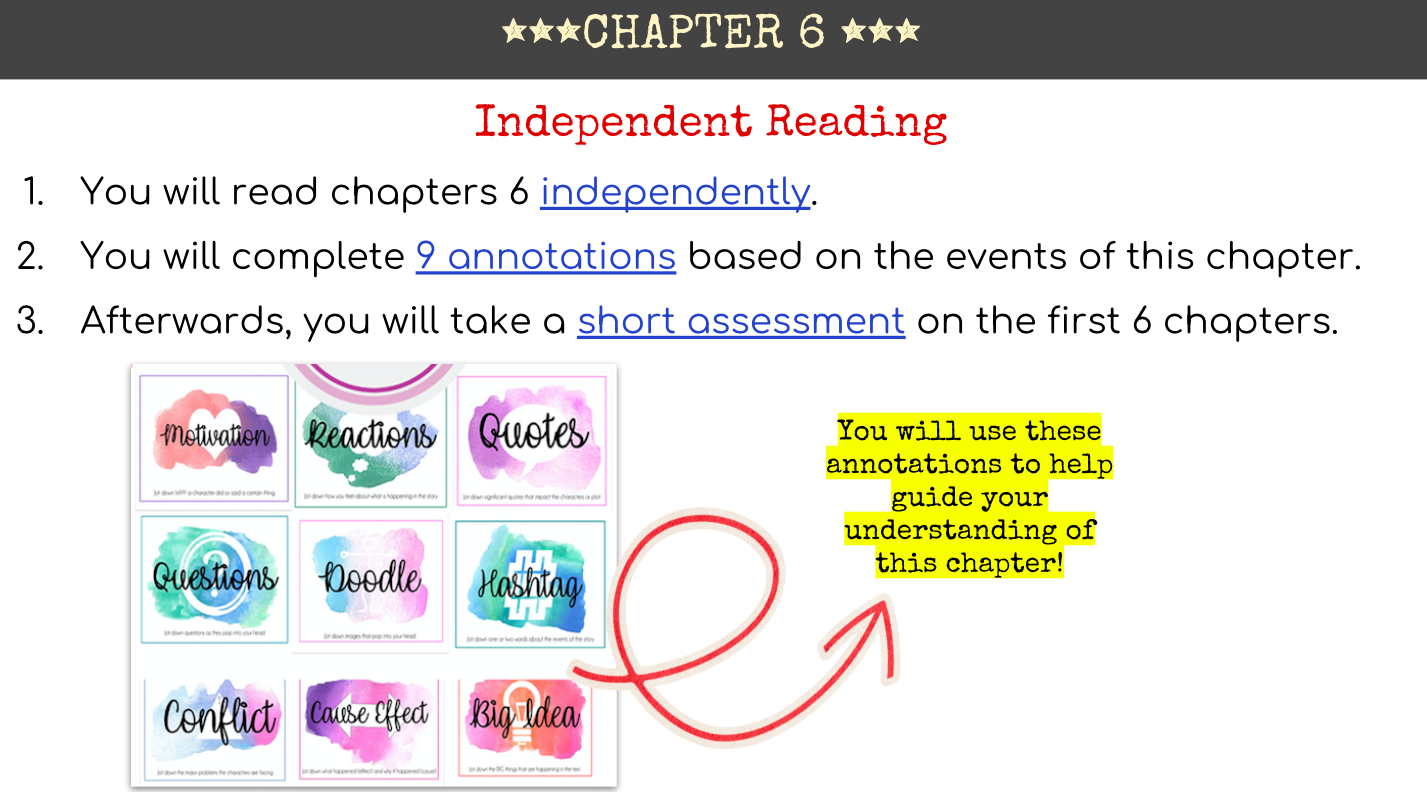Chasing Lincoln's Killer: Teacher Outline and Lesson Plan Ideas
We just finished our Chasing Lincoln’s Killer unit, and the students loved the book and activities, especially my struggling readers! I have taught using this book for years, and think I have finally perfected a method that increases understanding and challenges students to think and analyze the text. This year I had a student teacher and another teacher in my classroom while I taught this unit, and they were taking notes the whole time. It made me realize that others might benefit from seeing how I teach the novel, so I’m sharing it here! This is a long post, so settle in with a notebook and a cup of coffee! It would be helpful to bookmark this page so you can find it easily while working on your unit!
To get these activities for yourself: click here
Before I start the unit, I do the Primary Source Investigation to build anticipation. Check it out here!
1861-1865: Independent Reading
I give my students a little something I call the KLVQ chart. How it works…
Before we read, they take two minutes to write down everything they know about the Civil War.
As they read independently, they write down what they learn.
As they read independently, they write down significant vocabulary or words/phrases they do not understand.
After they read, they write down any questions they have.
I have them share what they learned with their table group, and questions they have with the class. We work together to answer to the answer questions and clear up confusion.
Prologue: Teacher Read Aloud
Before we read for the day, I have the students turn to Lincoln’s speech on page 2.
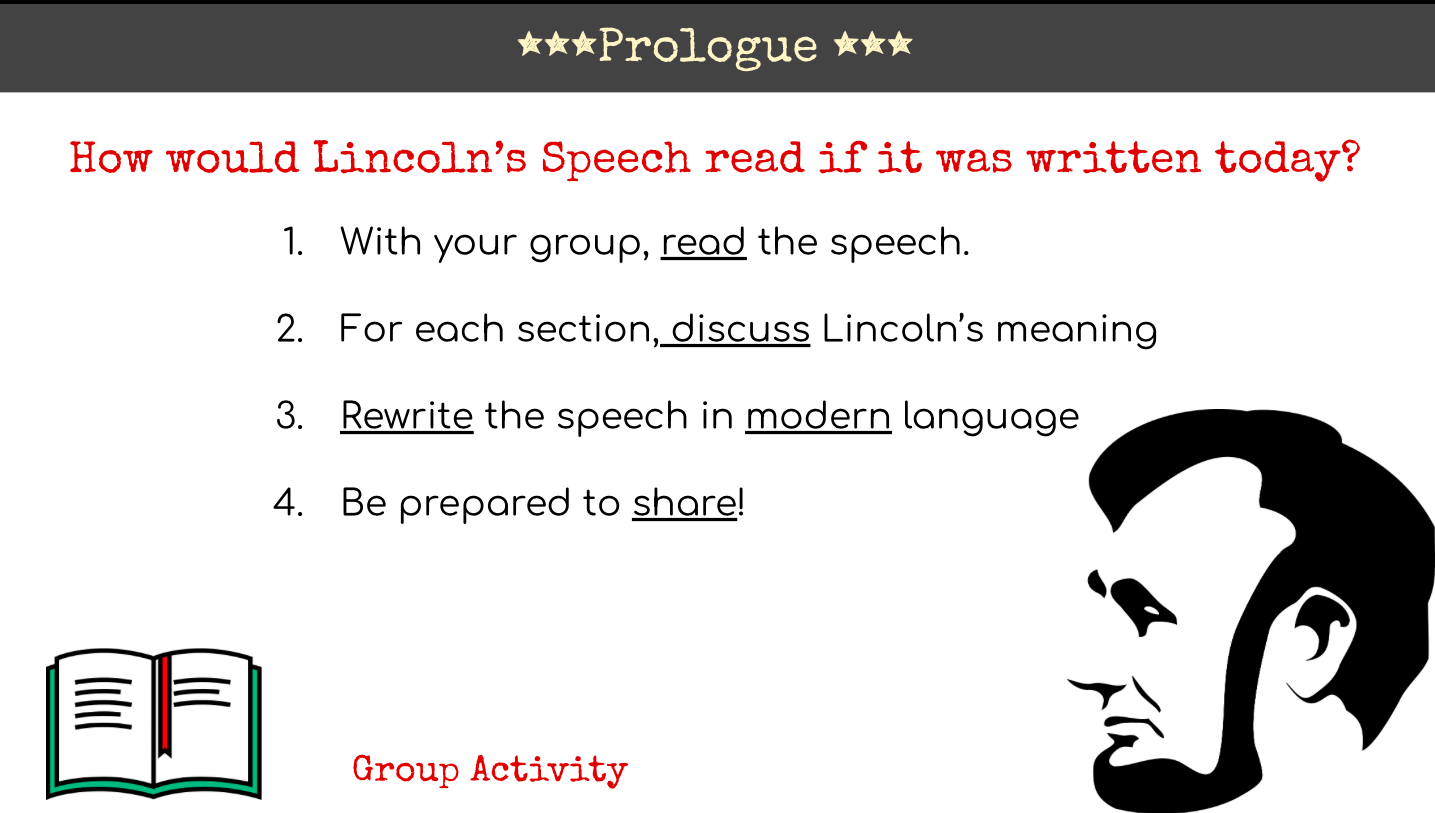
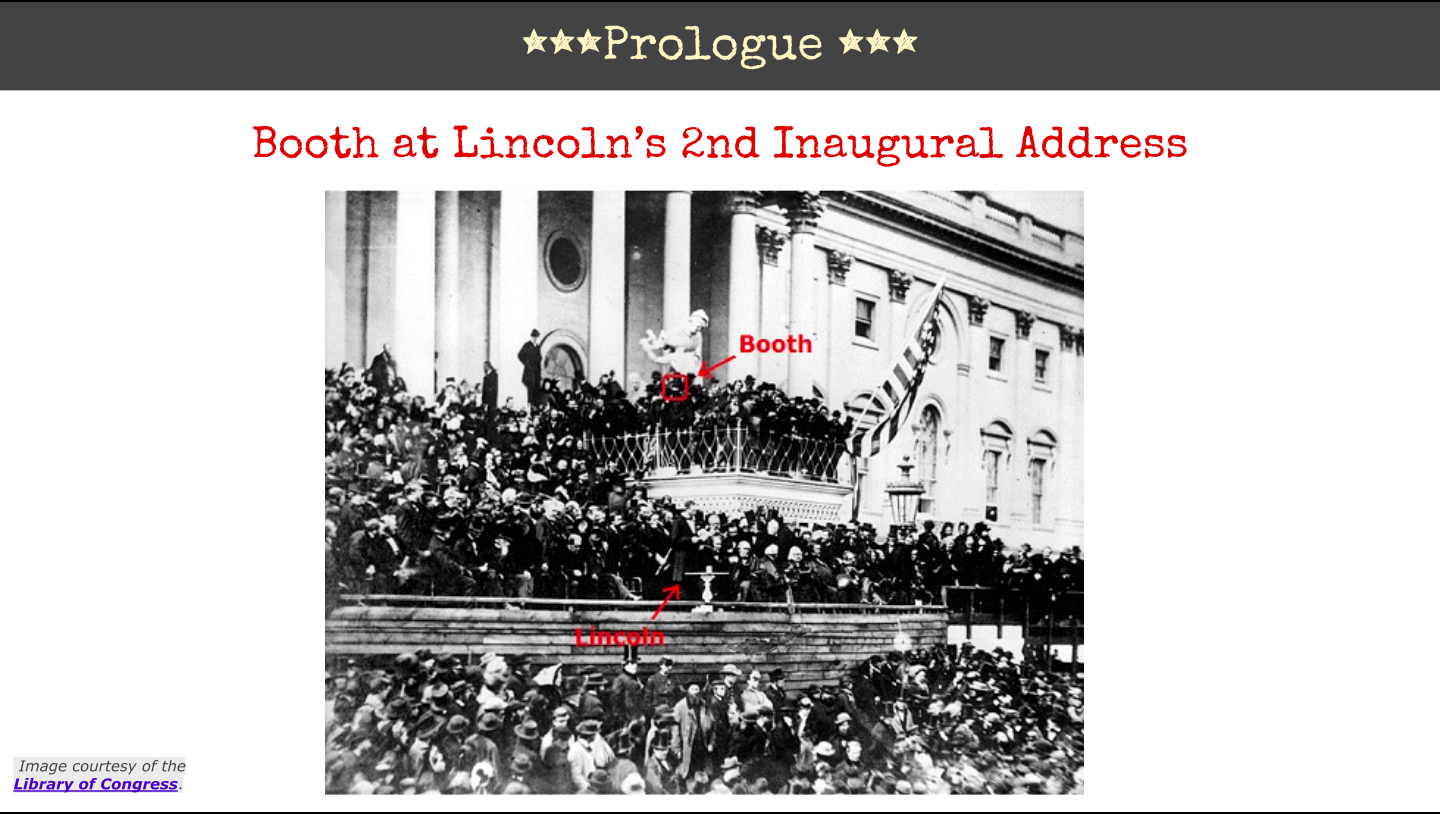

I tell the groups they are going to rewrite this part speech in modern language. I set the clock for 7 minutes and let them get to work rewriting the speech in their notebook. They are allowed to talk it out together, but everyone must write the revised version in their notebook. I circle around and help when students get stuck or bogged down with the antiquated language.
When the timer goes off, I ask for volunteers to be our modern day Lincoln. They come to the front of the room, stand on the podium (a chair), wear the top hat I made out of construction paper and read their updated speech. I usually get about 5 students to share. Doing this really helps the students understand Lincoln’s goal for his second term in office, and it’s great practice with analyzing a primary source!
Now it’s time to read...
The first paragraph contains amazing imagery! Before I start reading, I say the magic words for struggling readers, “picture this in your head…”
The author then goes on to write about how the photographer captured Lincoln standing at the podium with John Wilkes Booth staring down at him. At this point, I show them the actual image on the smartboard. (this website as great images and explanations. I can seriously spend HOURS reading his stuff about the assassination. It’s extensive and beyond amazing!)
Page 7 is another one of Lincoln’s speeches. Since it mentions the song, Dixie, I pause and play it for them. We talk as a class about what Lincoln meant when he said, “Our adversaries...attempted to appropriate it, but I insisted yesterday we fairly captured it…”
At the end of the chapter, we discuss Booth’s mood. In their notebook, I have them do a 2 minute powerwrite from Booth’s perspective about how he was feeling. I tell them to do it like Booth is posting on his social media page.
Chapter 1: Teacher Read Aloud
This chapter is all about setting the stage for the assassination. It has a TON of info and backstories that students can easily get confused and encumbered by. I found that displaying images on the board really helps the students understand what’s going on. Before I read this chapter, I make sure all of the pictures are ready to go on a slide show so I can click through really easily.
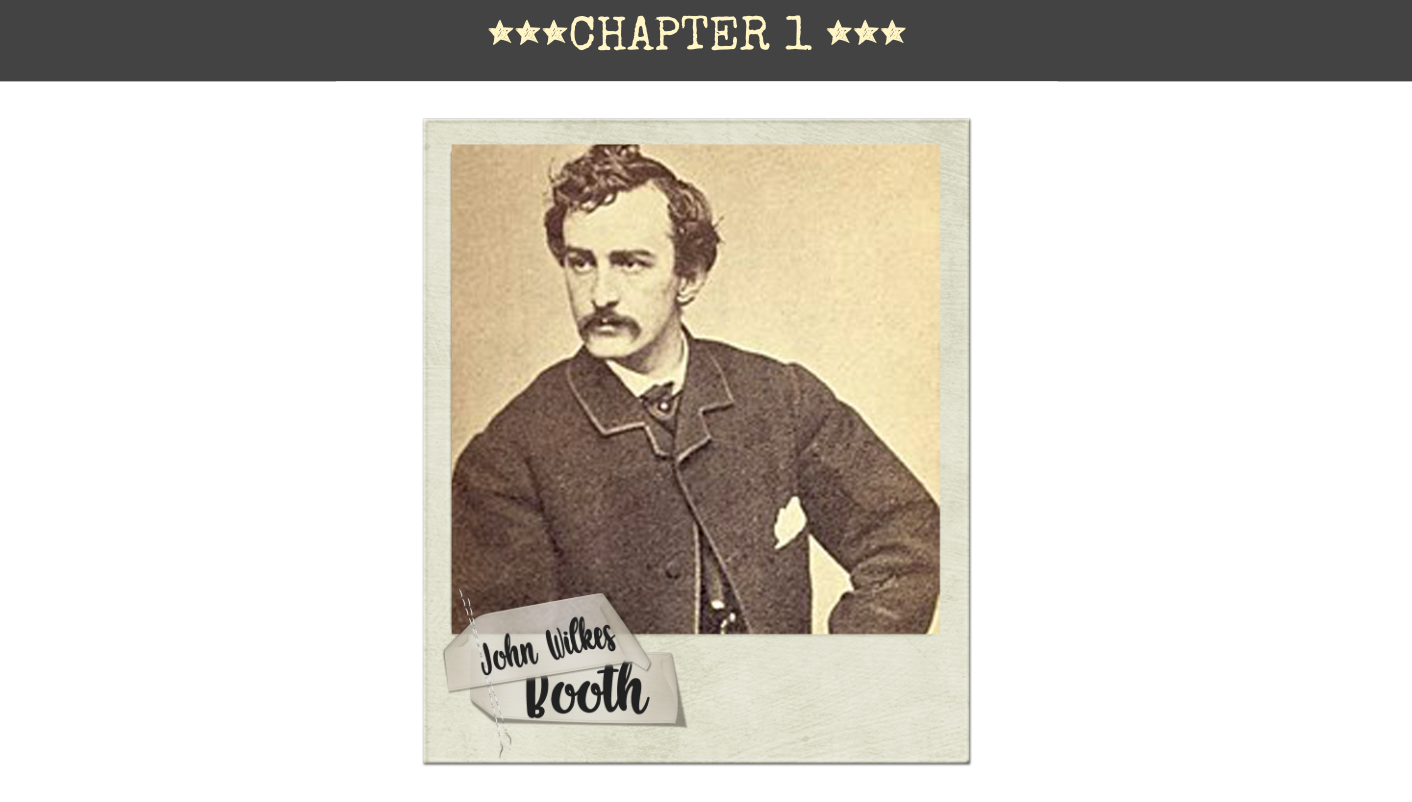



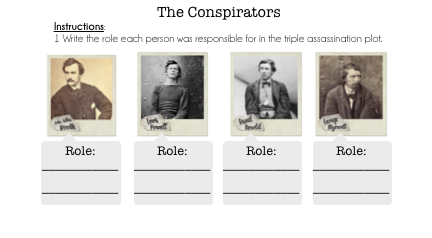
Images (in order how the appear in this chapter): John Wilkes Booth, Jefferson Davis, Appomattox Court House Surrender, Ford’s Theater, Mary Todd Lincoln, Robert Lincoln, Dr. Charles A. Leale, Andrew Johnson, Mary Surratt, John Surratt, The Deringer Pistol (this website allows you to interact with Booth’s weapon), Mary Surratt’s Tavern, Lewis Powell, David Harold, George Atzerodt, Major Rathbone, Clara Harris, Lincoln’s carriage.
I think one of the interesting things about this chapter is comparing Booth’s preparations for the assassination to what Lincoln is doing on the day of his death.
I’m not sure if dramatic irony can technically be present in a nonfiction piece, but I think since it reads like a story, I go with it. As a class we have a discussion about the dramatic irony that is present (we know Lincoln is about to die, but he is making great plans for the future) and the tension and suspense it creates. The last paragraph is especially great for discussing this concept!
Helpful Links:
Chapter 2-3: iMovie Breaking News!
The imagery and excitement in this chapter is top notch. This is chapter where all students are on the edge of their seats, even though they know what is going to happen! That’s just how great Swanson’s writing is!
This is the slide I use to introduce chapters 2-3 activity.
Chapters 2 and 3 are perfect for acting out, and creating Breaking News style stories. Put the students in groups of 4-5, and have them write a breaking news story based on the events in these two chapters. It is great to practice writing objective summaries and using imagery to set the stage for the audience.
They will need a news anchor, eye witness accounts, and recently they have created cell phone video from the scenes as extra shots for their news video (since we have already suspended reality with the whole video thing).
They can film it (I let them use their phones) and upload it to iMovie. They love being able to apply news cast theme!!
It is so much fun to watch their “eye witness” accounts!
I take all of the finished copies and upload them to google classroom, I assign each group a different new story to view. This way we are not taking a ton of class time to watch the same thing over and over, but they still get an opportunity to share their final product.
Chapter 4: Partner Reading
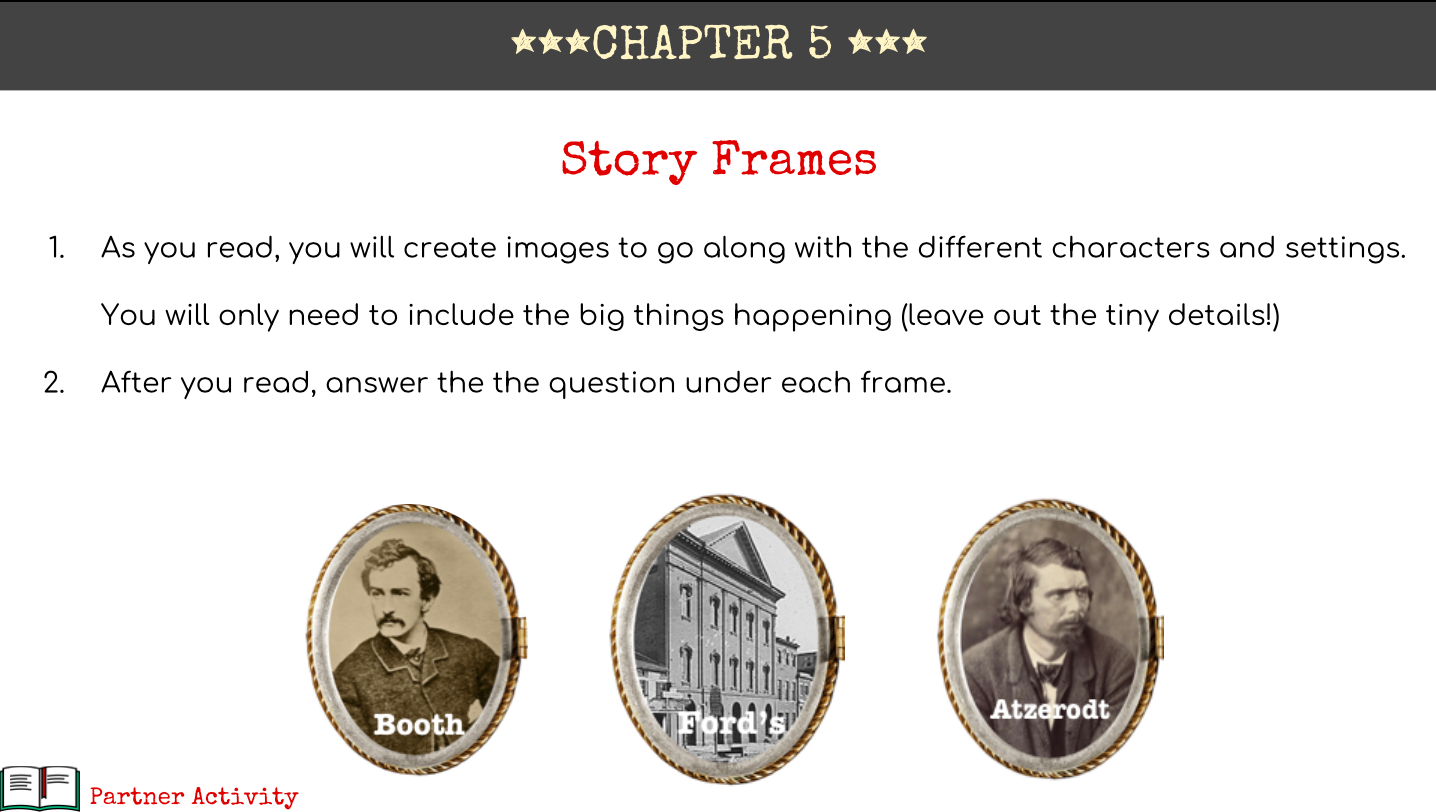
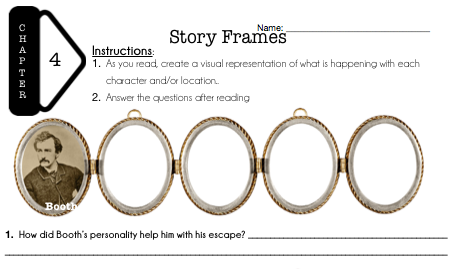

This chapter jumps around a lot, so I have the partners keep track of what is going on with Booth, Ford’s Theater, and Atzerodt . For my advanced students, I leave it up to them for how they want to demonstrate understanding of the chapter. For my students who need a little more support, I provide a simple story card to help them organize the events in this chapter.
Chapter 5: Teacher read aloud
This is a loooong chapter with a crazy amount of settings and characters, so this chapter is usually split into two days. To make sure the students grasp what is going on, we take our time, display visuals, and stop to recap every couple of pages. Below is how I segment the pages.

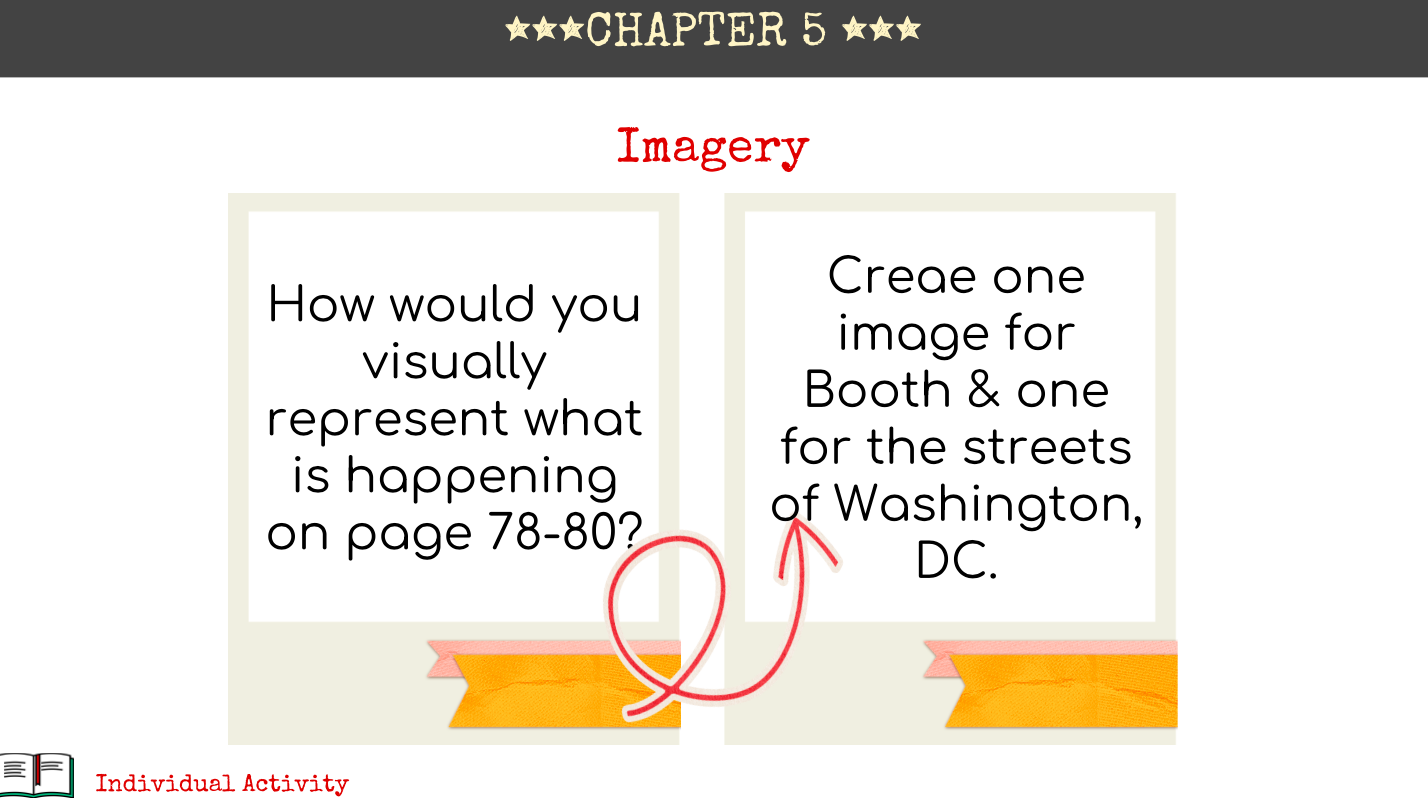
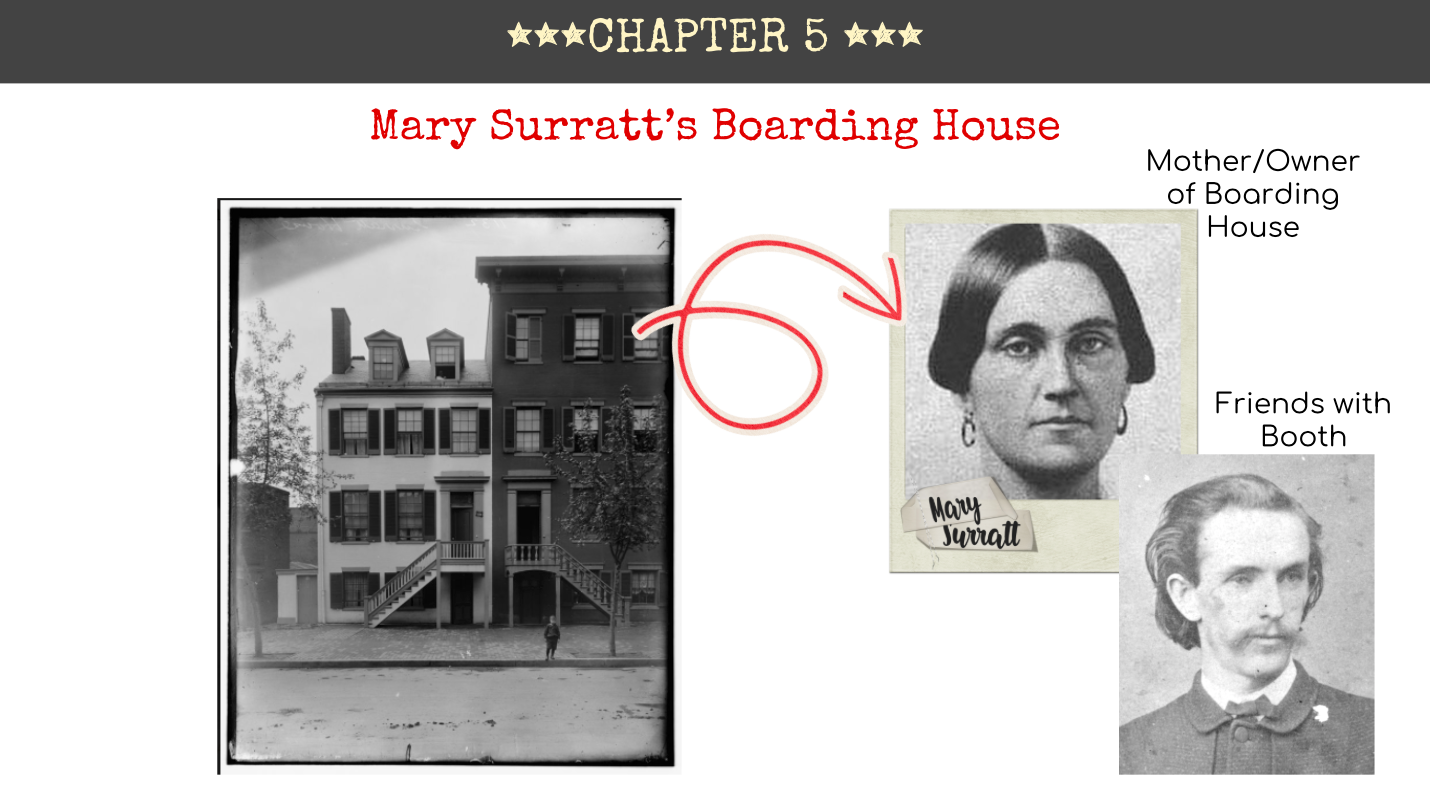

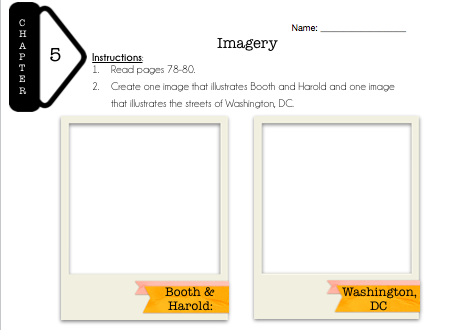
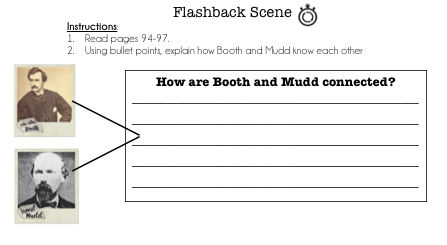
Page 78-79 is full of great imagery. I have the students sketch out these two pages. It really helps them visualize how the news of the assassination was spread since it’s so different than today.
Pages 80-82 introduces the students to our favorite take charge guy, Stanton. I put an image on the smartboard of Stanton so they will have a visual while we read about him.
Pages 83-85 focuses on Booth and Herold stopping by Surratt’s Tavern to pick up their supplies. Since I think it’s super helpful to have a visual, I have an image of the Surratt’s Tavern on the board.
Pages 85-90 brings us back to Washington, DC and the Peterson House. Again, images are so important in this chapter since the author jumps settings every couple of pages, so I include this virtual tour of the house and bedroom. (You will have to click a couple of slides before you get to the Peterson House) This website is great! You might want to consider putting the link into Google Classroom so the students can explore it on their own!
Here is a link for the Peterson House Timelooper as well!
Page 91 takes us to Mary Surratt’s boarding house and the search for John Surratt. My students are always confused when we get to this part since he was not part of the triple assassination plot, so I have to remind them of his connection with Booth and the confederacy.
Pages 92-93 is a check in with Booth and Herold. They have now made their way to Mudd’s house. I display the image of Mudd’s house so the students can have a point of reference.
Pages 94-97 is a flashback scene to how Booth and Mudd met. I have my students read this section with their table partners and jot down key points that brought Booth and Mudd together. I circle around to make sure they understand what’s happening. This usually takes about 10 minutes for them to complete.
Pages 98-100 takes us back to Booth and Herold at Mudd’s house. Dr. Mudd takes the time to examine Booth’s leg and this is a great time to display and explore this image of Booth’s boot!
Chapter 6: Independent reading
To me, this is the halfway way point!
I have my students read and annotate (click here to learn how I have my students annotate) this chapter independently. When they are finished, I have them take a short assessment on the first 6 chapters. This allows me the opportunity to see who is really understands what is going on, and who needs a little support and clarification.
Chapter 7: Teacher Read aloud
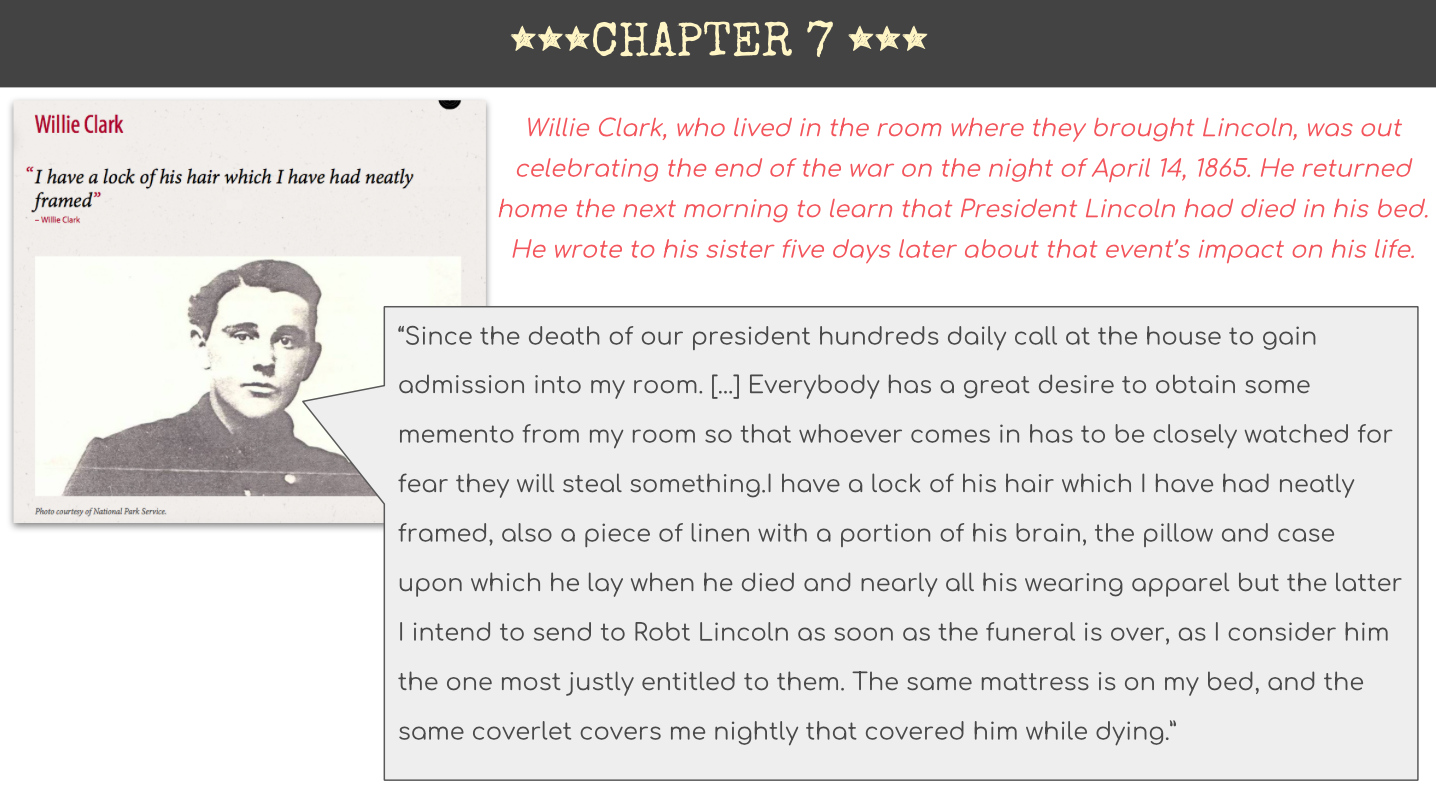
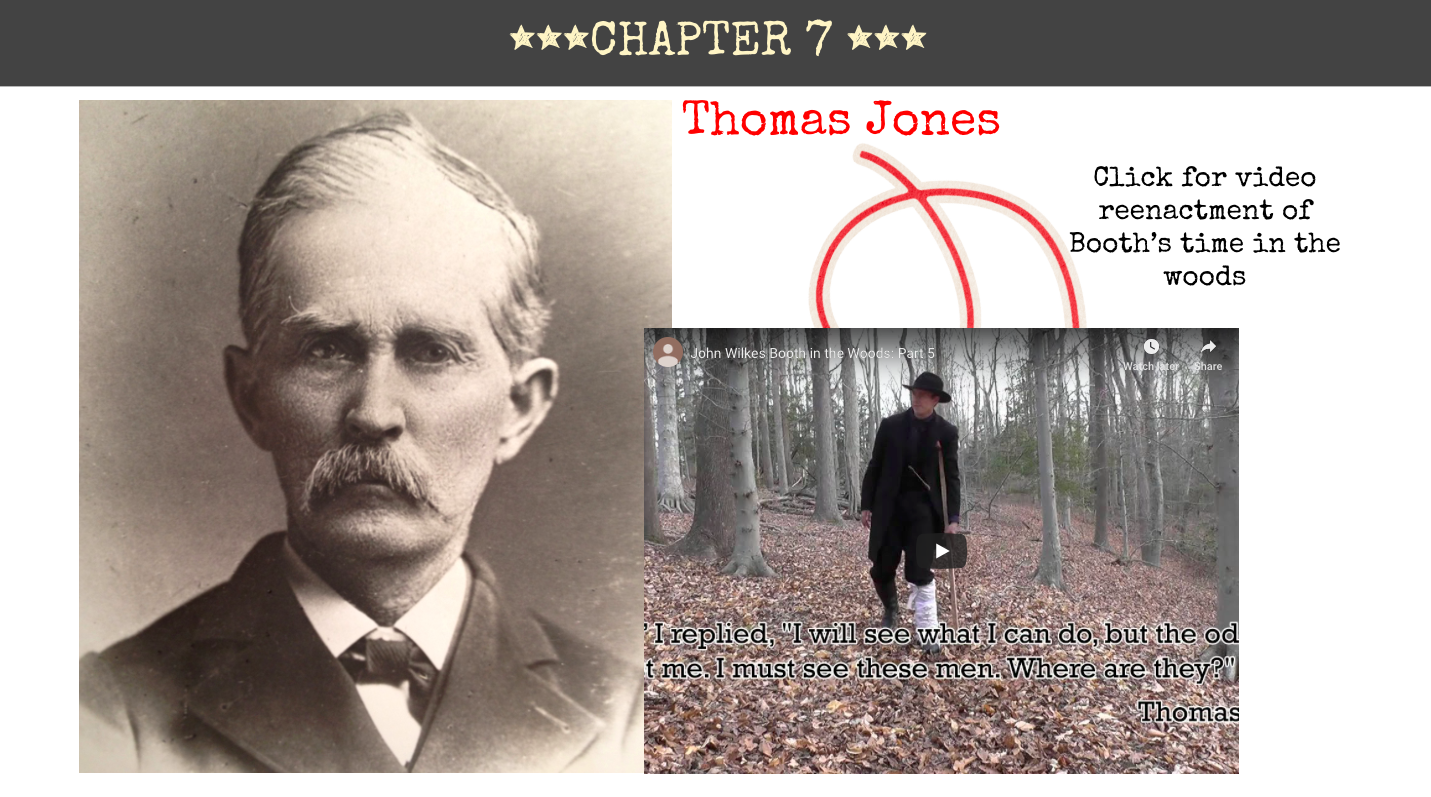
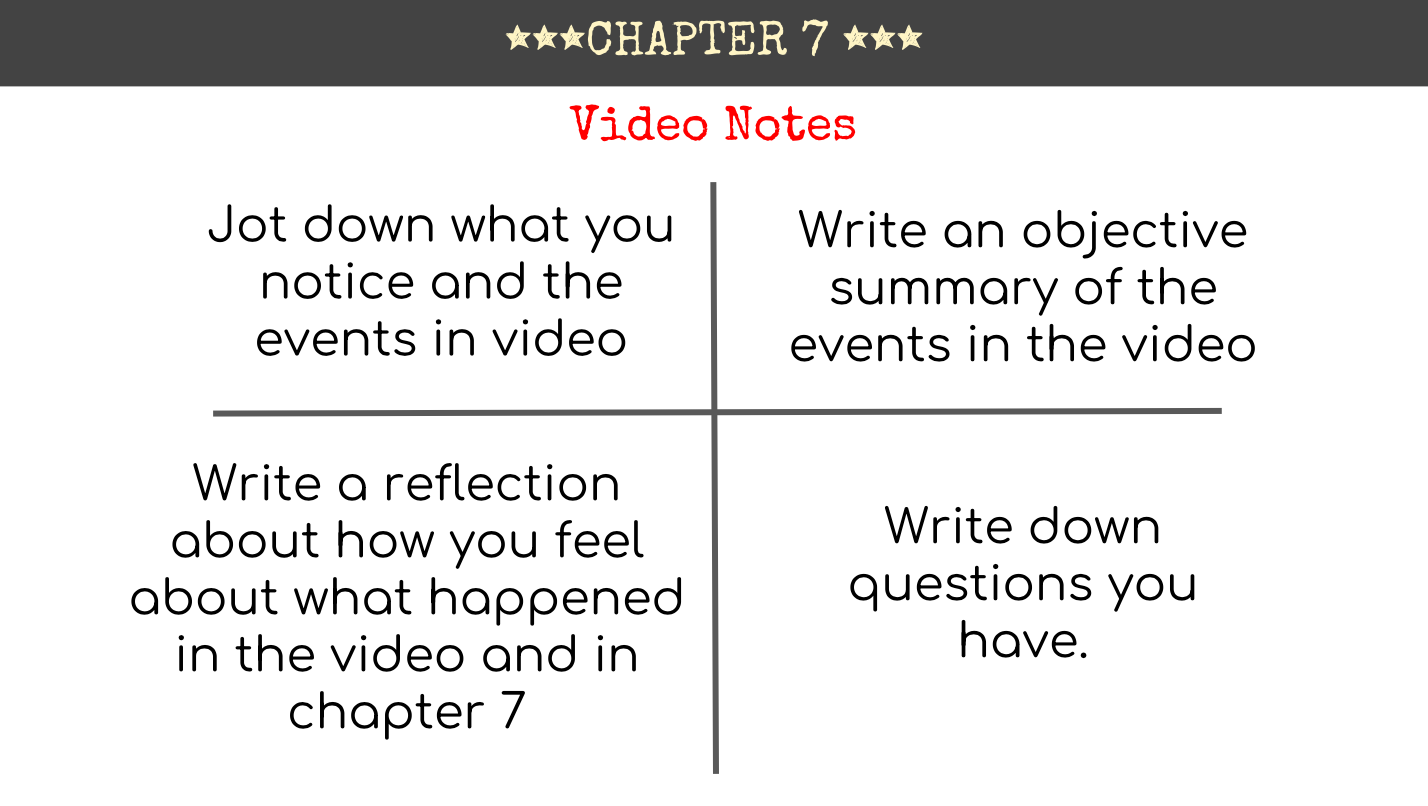
Before we start reading this chapter, I give the students a letter Willie Clark (click on first hand accounts on the red bar on the left) wrote to his sister about what it was like to come back to his room at the Peterson house and realize Abraham Lincoln died in his bed. It is a great little primary source to add to the story!
In this chapter Booth and Harold meet Jones who helps them hide in the Pine Thicket and make plans to help them cross the Potomac. Here is a great site that thoroughly explains the pine thicket. I do not show them all of the videos, but video 5 is one I always show after reading chapter 7.
Chapters 8 & 9: Partner Reading
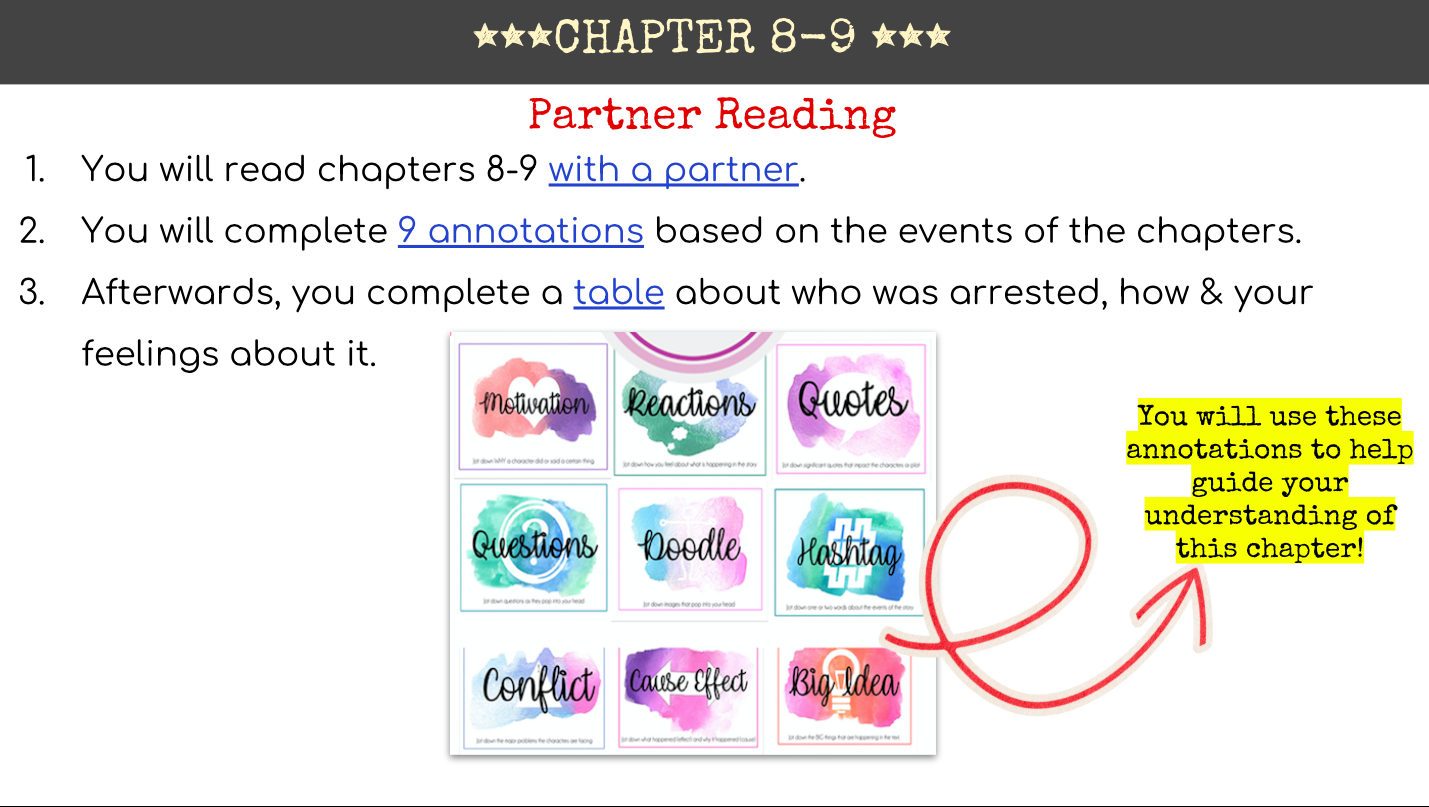
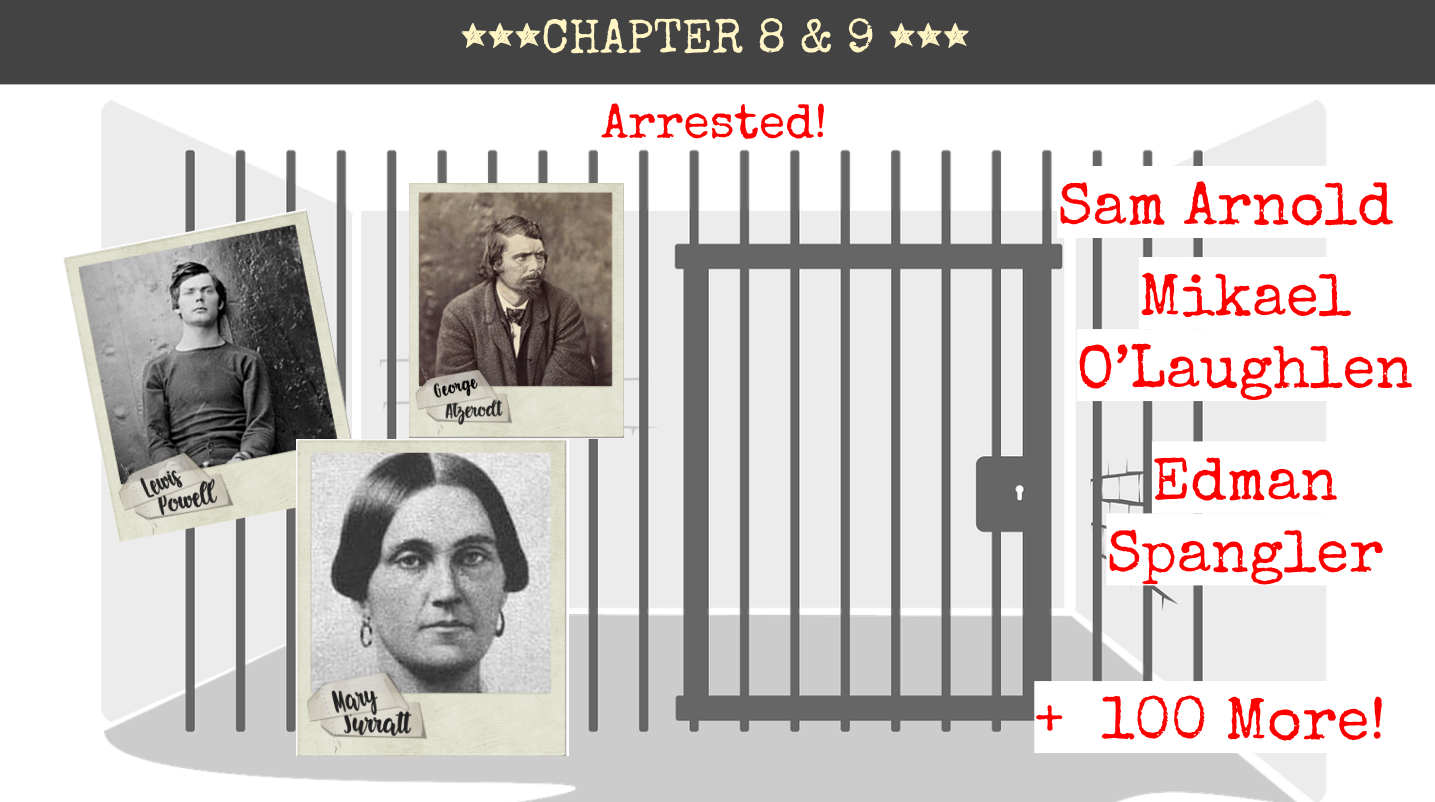
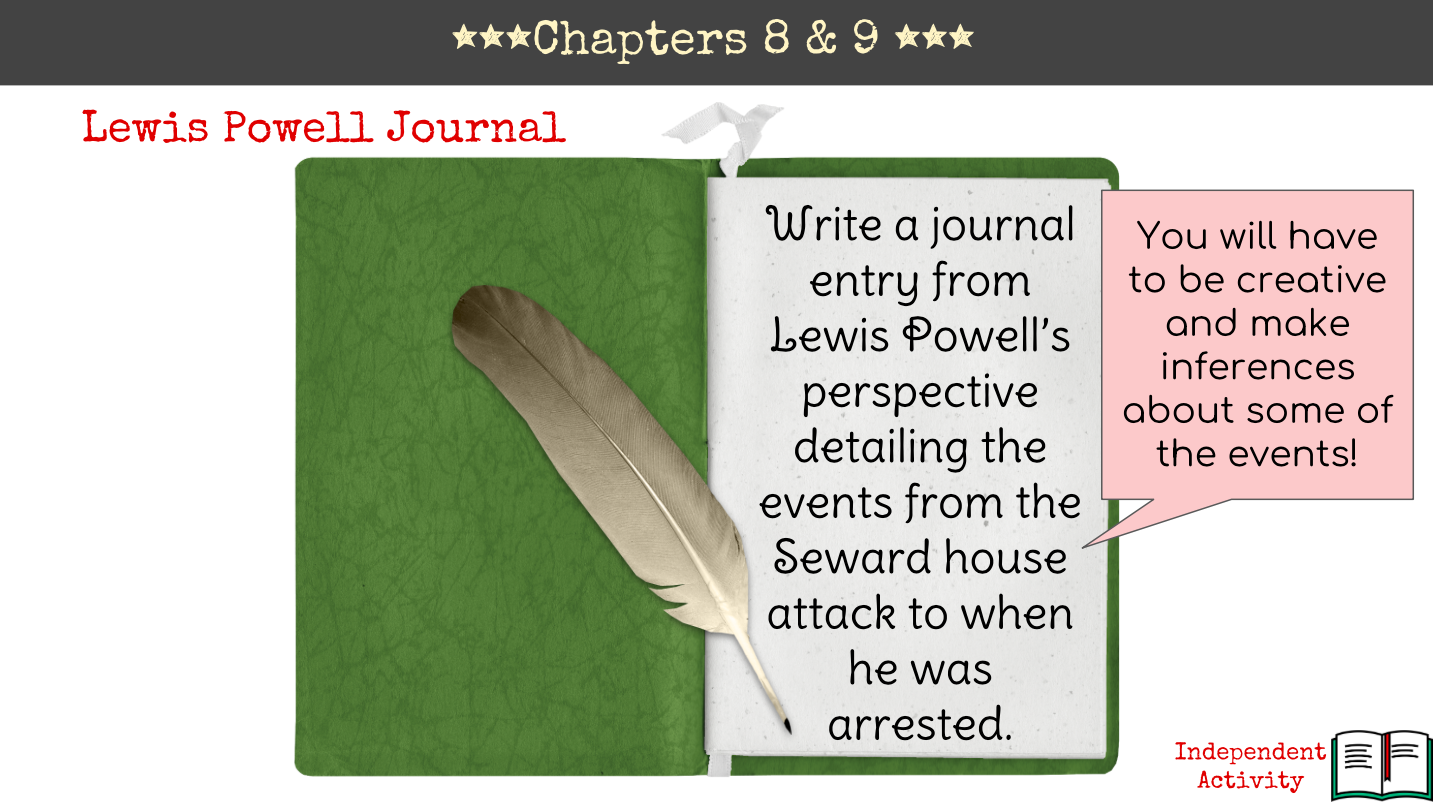
There are a lot of people who are captured and arrested in this chapter. I have my students complete a simple graphic organizer while reading that has the person arrested, how they were captured, and their thoughts about the arrest. It is interesting for them to make their cases for certain characters, especially Atzerodt and Mary Surratt. These two always cause a debate!
After they finish this chapter, the students write a journal entry from Powell’s perspective about what he was doing from the moment he escapes the Seward house to the moment he is arrested at the Surratt house. They have to make some inferences, but these usually turn out great!
Chapter 10: Silent Reading
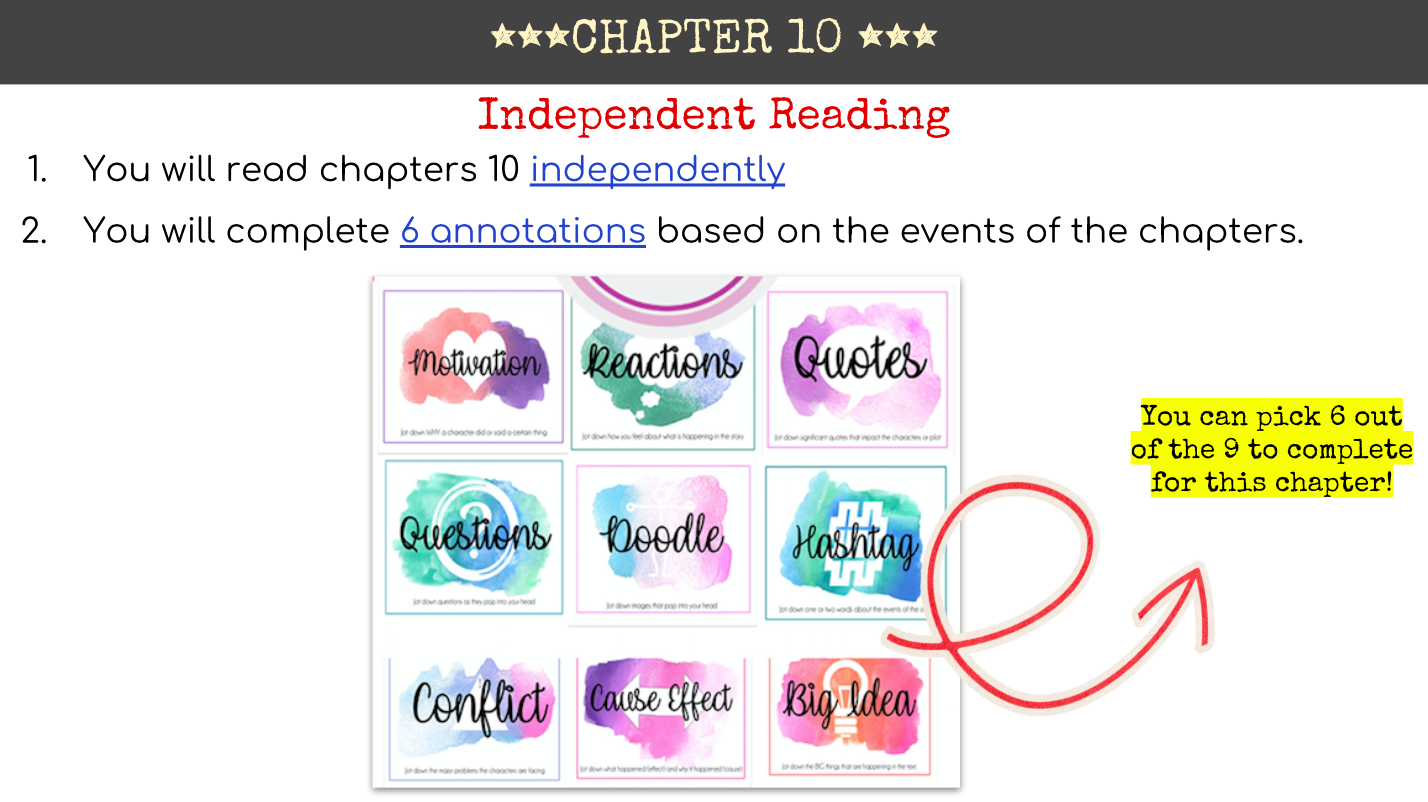
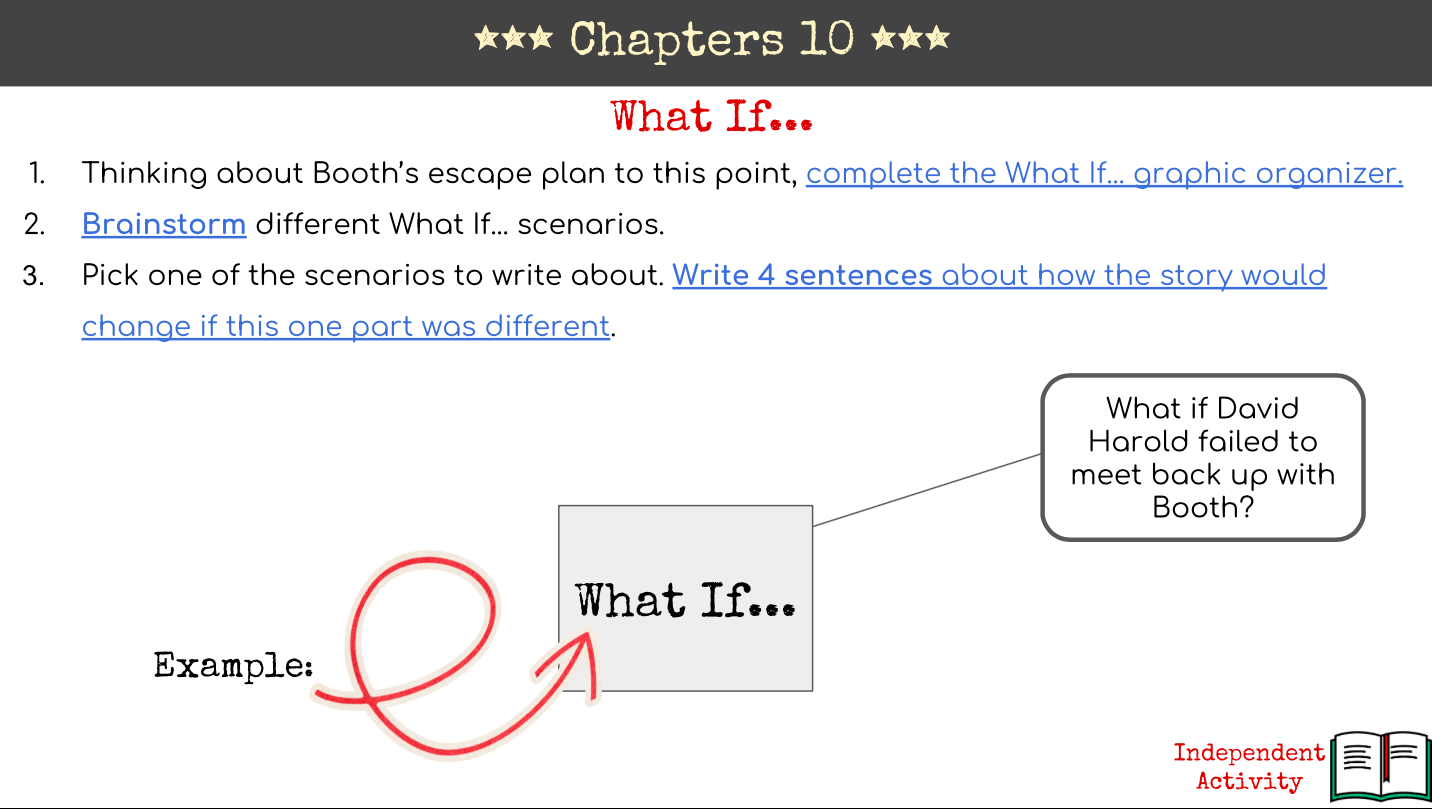
This is a short chapter, so I have the students practice their independent reading and analyzing. After reading, they complete a WHAT IF activity about Booth’s escape up until this point.
Click the link to learn more about the What If strategy!
Chapter 11: Teacher & Group Read Aloud
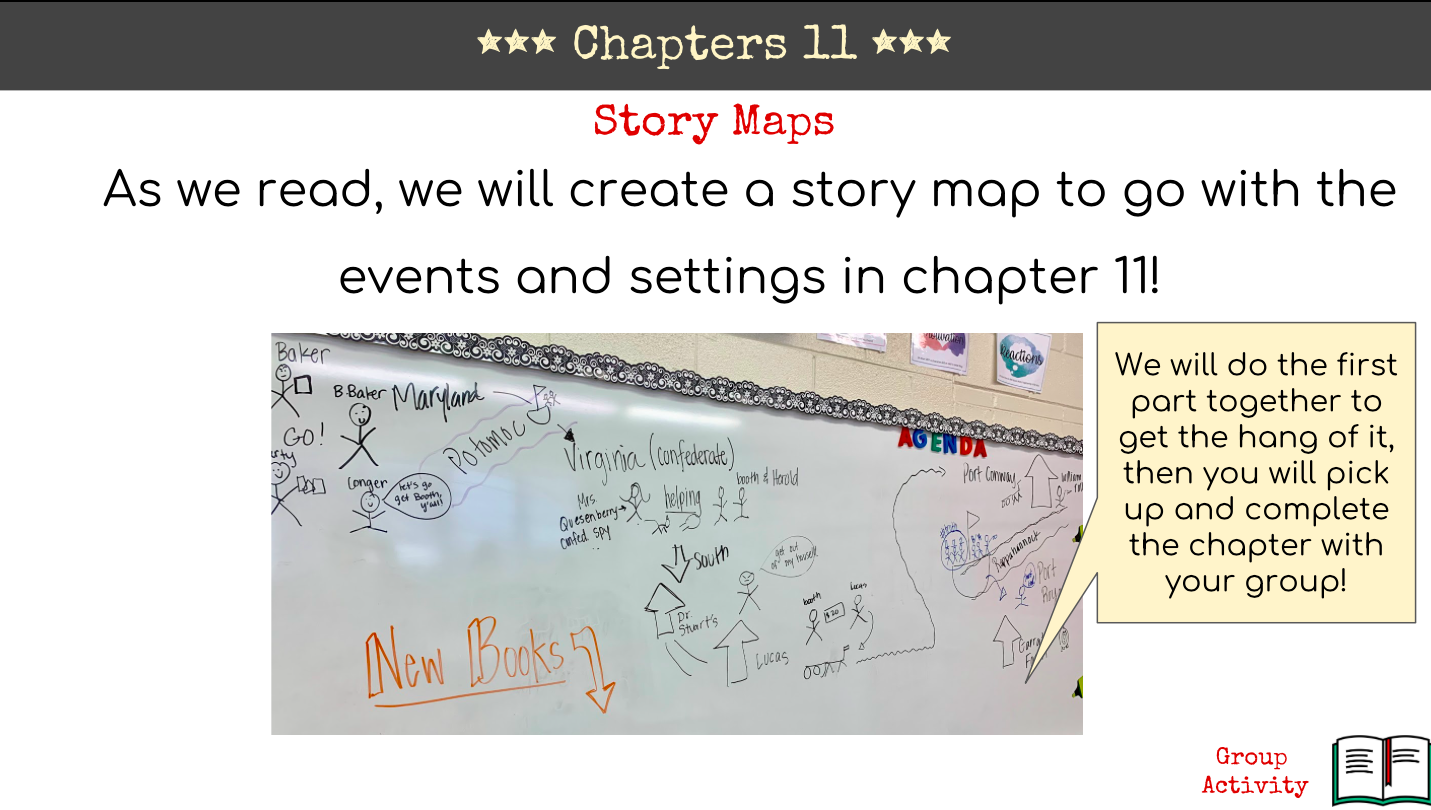

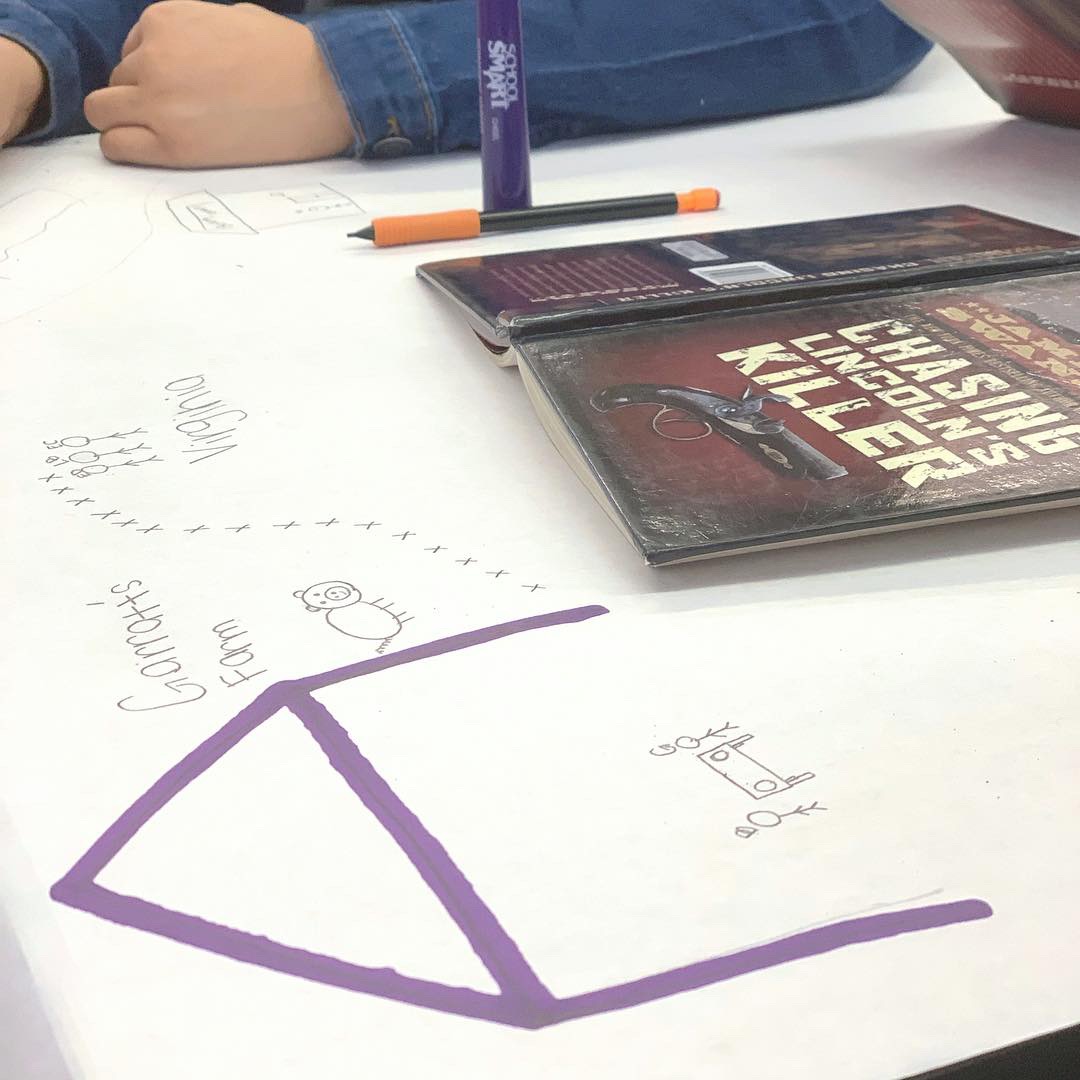
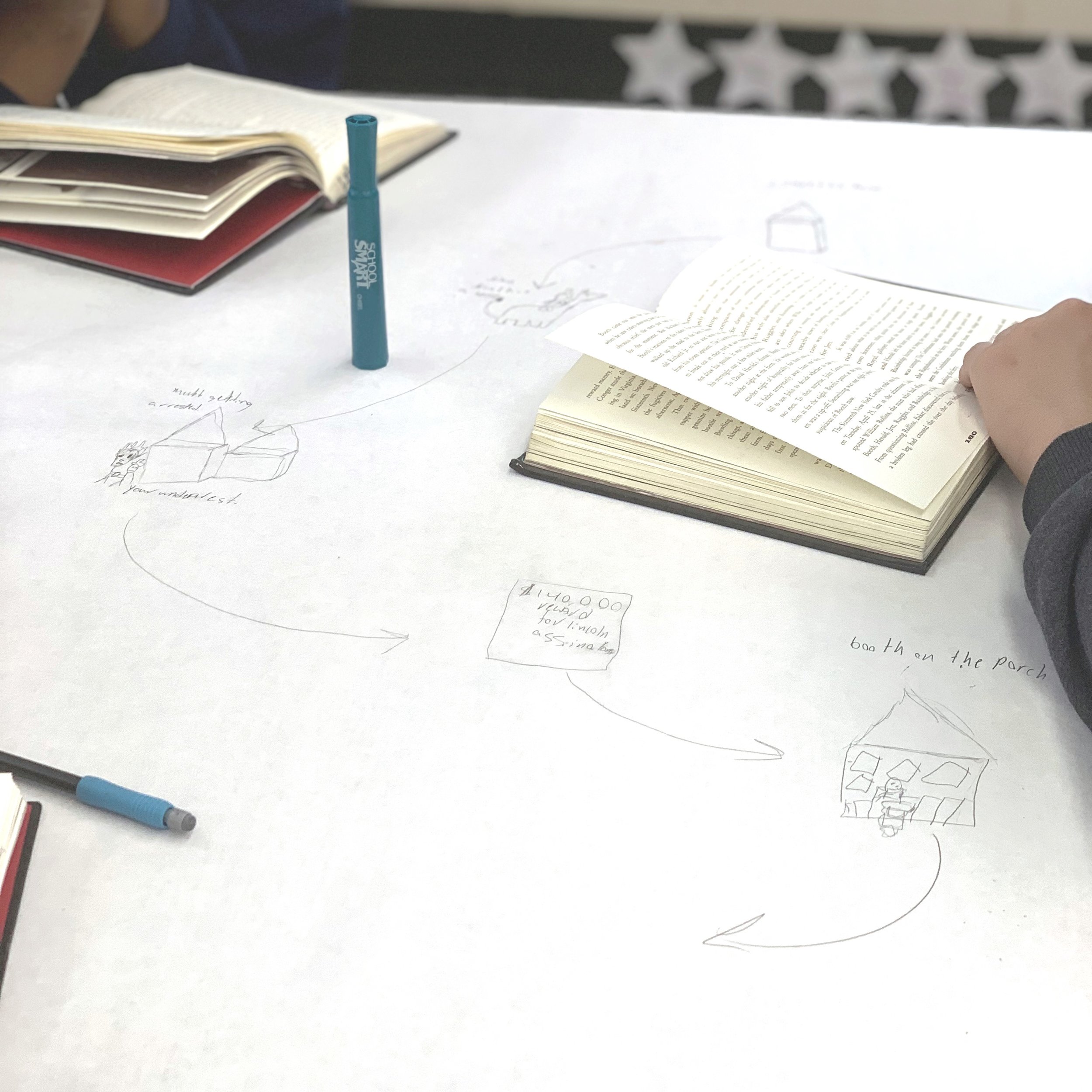
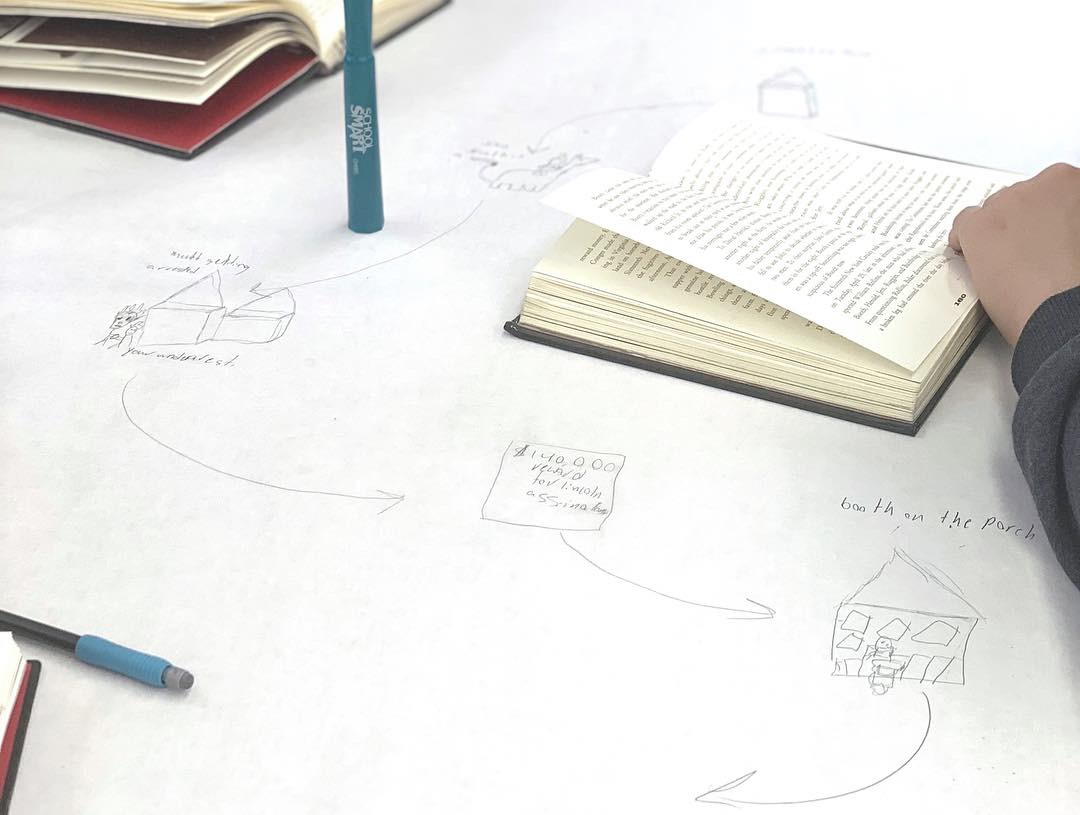
Get your coffee ready for this chapter, y’all! It’s long and jam packed and usually takes about 2 days.
From experience, I have learned that I need to provide a scaffold for understanding this chapter, so we make a story map. Basically, I sketch everything that happens from the beginning to page 155 as a model (check out the image!) They copy what I’m doing on the bulletin board paper I have precut and laid out across their tables. After page 155, they take over and complete the process with the rest of the chapter. I also pass out fireballs for them to eat while they do this (you know, since the calvary sets the barn on fire!)
As they finish, I circle around and talk about the ending and Booth’s final words. I have found that when I do this with the groups compared to the whole class, we get great discussions!
Chapters 12-13: Partner Reading
These chapters are super short and great for practicing key concept. The students read with their partners and then complete the key concept graphic organizer. I circle around to make sure they are writing the key concept and not just details. At the end, we come together. Not only do we make a master list of key concepts from each paragraph, we make a list of non examples as well!
Chapters 14 & Epilogue: Independent Reading
Before we start reading, I tell them these chapters are going to be like the end of some movies where you find out what happens to the characters after the story ends; kind of like a where are they now montage of sorts. We talk about examples. I always mention Legally Blonde and Sandlot (I’m usually the only one who knows these references) and they provide examples from movies I never heard of (I nod along to feel somewhat relevant).
Then, I set them free to finish the story. They create their own movie montage style ending for the characters using Google Slides. I have the Google Slides with the images of the characters. The students just add the text of what happened to each character.
Bonus Ideas:
Play this podcast from Mike Rowe about Booth and his family…it’s a great and different perspective!
Hold a Socratic seminar about the punishments the convicted were handed down, and if we should learn about Booth in school.
I know you’re amazing and you can totally create this on your own, but you don’t have to! Save that time for something more important (books and wine!) Here is the link if you want to get this ASAP. and start today!
Happy Teaching,
Savannah Kepley


